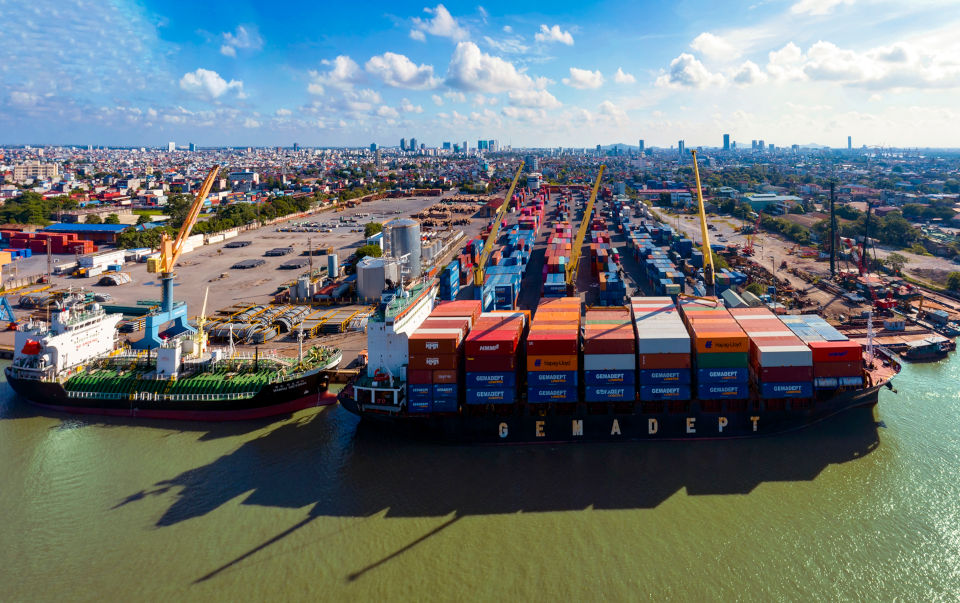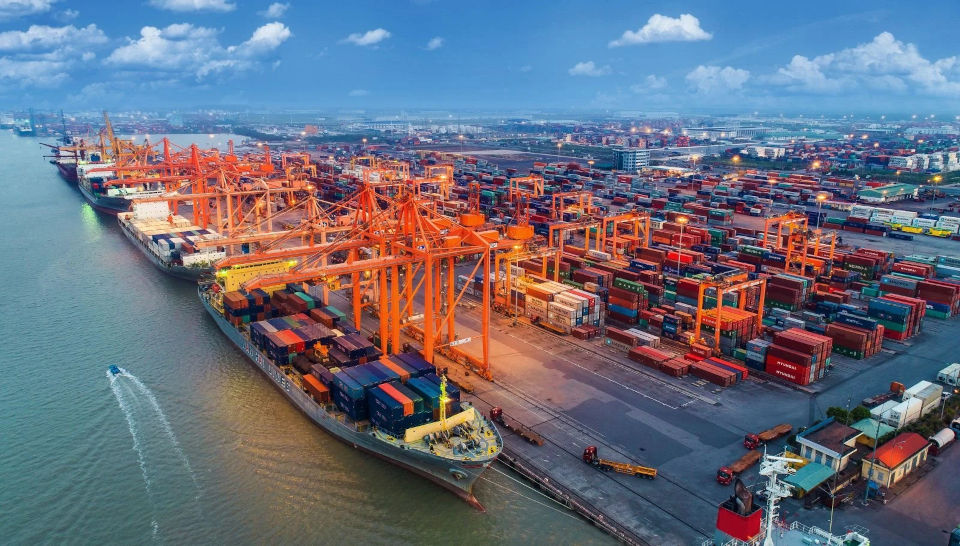Seaports play an extremely important role in a country’s transportation system. This is not only a place for ships to dock but also an important connection center for transporting goods and people between different locations. More than simply a stopover, seaports are the heart of commercial and economic activity.
Functions of seaports
Serving goods: The port must handle loading, unloading, transportation, forwarding, transferring, preserving, storing, recycling, packaging, and distributing goods into and out of the country. The port is also the place where import and export procedures are carried out, and is the starting point, continuation or end of the transportation process.
Function of transporting, loading and unloading goods: In the national transport system, seaports act as intersections of different means of transport such as sea, river, railway, and aviation. This is the main transportation center, gathering all modes of transportation and seaports for transporting goods.
Functions of international trade and commerce: With their position as intersections of transportation routes such as river, railway, road, and aviation, seaports have become gathering places since their inception. trade center of merchants from many places, especially in port areas with favorable geographical locations as connecting points for international maritime routes connecting continents, developed economic regions, etc. .. Therefore, trading and commercial activities take place vibrantly. These port areas quickly became commercial centers not only for the region but also for the whole world.

Duties of seaports
- Develop planning and seaport development plans within the scope of responsibility;
- Coordinate activities of organizations and agencies performing specialized State management functions at seaports;
- Inspect and supervise the implementation of legal regulations on ensuring port safety and port entrance and exit channels;
- Coordinate with relevant agencies to carry out search and rescue activities or handle environmental pollution incidents;
- Issuing licenses for ships to enter and exit ports and carry out maritime arrest and detention requirements;
- Require relevant individuals and agencies to provide information and documents to carry out the State management function of the port.
Currently, seaports are classified into the following types:
- Commercial Ports
- Military Port (Military)
- Fishing Ports
- Ports Refuge
In particular, commercial ports (merchant ports) are classified into many different types such as:
- Ocean Ports
- River – Sea Ports
- Domestic Ports (Domestic Ports)
- International Ports General
- Ports (General Ports)
- Specialized Ports (Specialized Ports).





